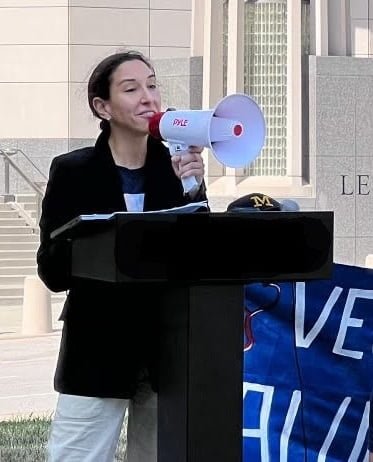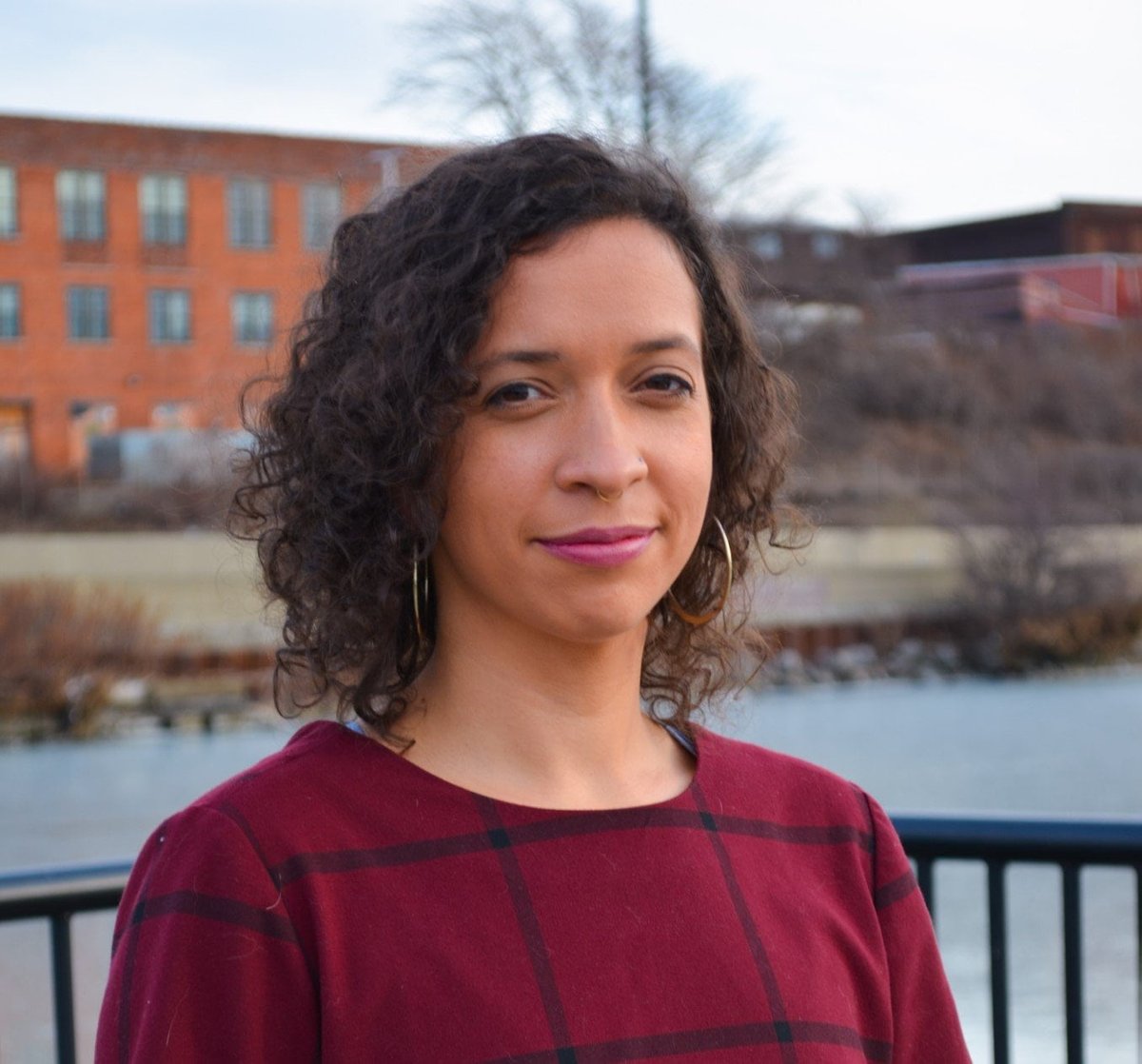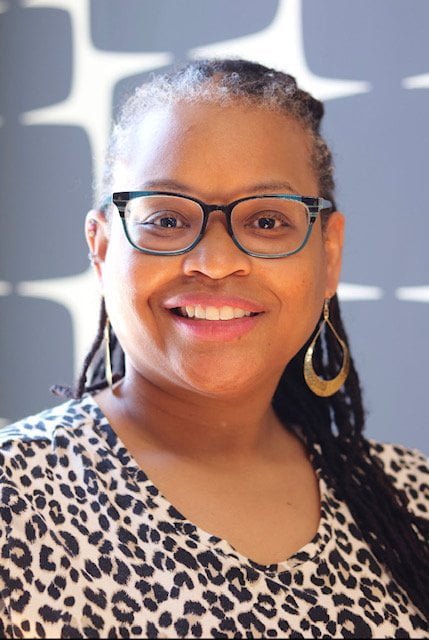OUR STORY
Our co-founders trajectories, one as an EJ leader and the other as a public health expert, merged to bring about SciCAN. They connected over the years with our managing director, and she joined their team.
Here are their stories (see here for their bios/CV’s):

ELIZABETH:
As a public-healther and physician who also has supported activist movements over the past several decades, I have often felt a disconnect between the two worlds. In academic spaces, I would often hear that science has to stand alone and cannot be compromised by politics or feeling. In certain activist circles, I would hear that scientists are unhelpful, arrogant, and self-serving. I realized then the need for a network to share resources and grow partnerships, specifically for EJ activists. And, to be driven by and have credibility with impacted communities, we needed EJ leadership.
Read More
Living in Kalamazoo, MI in 2010 during a very large tar sands inland oil spill, I learned how to and the importance of becoming a trusted community member and academic in service of community priorities. There was also an ask for some health research, so I organized, wrote op-eds, and hosted the Occupy (Wall Street) annual conference guests in my home. I facilitated the exchange of information and was able to bring local priorities to the attention of my academic peers and mentors, but finding a trusted academic who also conducted research specifically requested by the community, who understood the science behind the research was surprisingly challenging. Within months, a similar oil spill happened a few states away. The communities were surprisingly similar: rural, low socioeconomic status, and understandably angry. It took a long time for the two communities to communicate, to exchange stories, and resources. Thus, the inception of what has become SciCAN – a creation to breakdown barriers so we can work together to achieve positive societal change.
I have a background in ecology and environment. My heart of heart’s work is probably rooted in the notion that we are not separate from our environment or ecosystems– but an integral part – both affected by and affecting the systems in which we live. In my Master’s training for Public Health, my degree was in epidemiology and again my focus, my recurring theme was in the environment. Then I completed programs in preventive medicine and occupational and environmental medicine, and did a fellowship in reproductive and pediatric environmental health. I now work as the medical director of an environmental health program at an academic institution and children’s hospital and I am a co-PI of one of ten Pediatric Environmental Health Specialty Units in the nation. With my academic time, I am working with several community groups to develop community driven environmental health research and/or interventions to address concerning environmental health exposures. The effects of our poor decisions are preventable – we must do better. We have the tools and knowledge to make these changes – we just have to hold on to the momentum.
Prior to my medical training, I did health education and outreach work with sex workers in D.C., and throughout my trainings, I have provided several smaller services along the way. The largest service I am probably most proud of was organizing the Medic and Healer recruitment and screening process for Standing Rock and spending some weeks providing clinical support at the site itself. Since that time I have worked on building relationships with local and national organizers and identifying like minded individuals from across the field – from those with lived experience and frontline expertise, to those who are willing to give their time to support the movement, to those who have both types of experiences.

BETO:
The motivation for creating Science and Community Action Network is to disrupt the traditional extractive practices of academia, institutions, organizations, and policy organizations. I know first hand the injustice and the harm academia and government perpetuate through their policies or practices.
The environmental justice movement holds all the expertise and knowledge because of lived experience – it is the community research and advocacy that spurs legislation or policy creation. Many grassroots organizations are leading these policy and systems shifts, and flipping the script.
Read More
At many environmental justice convenings year after year, the absence of community research to document and publish our own reports, with our own data, was missing. Additionally, the need to share resources that are produced with grassroots knowledge and designed and guided by community was identified as a barrier. Work is replicated by advocates across the US, who often face similar challenges, and a platform for sharing their experiences would be beneficial. Most importantly, forming SciCAN became a priority, especially as we continue to see the extractive economies and academic economies fueled by special interest groups continuing to harm and perpetuate environmental racism in the guise of equity, and do-it-yourself DEI.
The involvement of academics and issue area experts interested in ensuring their professional pathway is meaningful, whether by research, education, or technical service, provides additional benefits. In this multidisciplinary organization, with frontline-community knowledge and expertise integrated into scientific practice, we contribute to policy shifts that prioritize overburdened communities. The community’s own evidence-based research is effective and a recognized practice that will shift us towards a regenerative economy advancing environmental justice. In addition, our Community Platform serves as a place for the movement and its allies to share, access, and discuss dashboards, community owned research data, community authored reports, useful publications, and other tools. While many academics have tried to create similar resource sharing, the absence of community knowledge and ownership continues to be held in an extractive manner.
SciCAN has been a grassroots labor of love, which was informed, designed and supported for its creation and development, by and for the environmental justice grassroots leaders across the country.

JESSICA:
Having spent a decade working in a science department in academia and at a well resourced non-profit advocacy organization, I’ve seen the positive impact these institutions can have on people’s lives and the communities around them and how these institutions, in particular the decisionmakers within them, can uphold power structures and systems of extraction and oppression. The truth is, scientists and scientific institutions have a particularly storied history of working against justice and perpetuating white supremacy (there are many who have written about this; one scholar who has influenced me is Dr. Shay-Akil McClain aka Hood Biologist who has done extensive work and compiled a resource list). This is exactly why SciCAN has been so exciting for me to be a part of. We have the ability to right this wrong with intentional, meaningful science that is in service of the communities that experience the most burden.
Read More
When Beto and I began our work together aiming to break down some of these power dynamics and governmental, academic, and non-profit systems that perpetuate harm in impacted communities, it all started with him disrupting my training. He called into question how my training would support community if no community was there. It was an important lesson for me, and how I reacted – which was to say, “yea, you have a point, and if you’re down to join us, you should!” – set us up for an honest partnership. If we aren’t gonna be about it, then we shouldn’t talk about/pretend that we’re about it using terms like equity and justice without examining our assumptions and processes. Since then, Beto and I, with Elizabeth in many cases, have worked together to stop the permitting of a migrant detention facility, develop a report on environmental racism in Kansas City, support the leadership development of community members, inform several EPA rulemakings, and more. We’ve learned a lot (and have contributed to positive change!), and we’re able to use these skills and lessons to support EJ communities to continue to affect change, and to confront and re-train issue area experts on approaches to their work, particularly so that it is in service of overburdened communities. I’m here for real, measurable change in EJ communities and for learning from, sharing, and replicating the ways in which we can get there in all communities. SciCAN is where I can bring all of this together and use science as a tool for justice.
On the path to how I got here and what motivates us – there were multiple factors for me. Growing up in Plymouth, Massachusetts/Herring Pond Wampanoag lands, where the Pilgrim nuclear power plant’s presence was always looming, taught me a small fraction of what it’s like to experience environmental stress. While that area is not an EJ community, the experience of living with a potentially dangerous facility had an impact that generated fear and concern. It’s of course also the site of Indigenous Peoples early contact with European settlers, and the struggles and resilience of Native Peoples is ever present. I also credit being raised with a strong sense of justice, fight, and resilience by the matriarchs in my family. My Palestinian grandmother, Fatina Nammari Barclay, was forced out of her homeland of Jerusalem, Palestine, along with most of her family. Over the decades, we’ve watched as the colonization and oppression continued and worsened, and we would talk about and advocate around it as best we could. I’ve also always had a love of the environment and science, which lead me to pursue an undergraduate degree in Biology with a concentration in environmental science. I believe all of these pieces come together to drive me to be in this fight, in this amazing community, and with SciCAN as the vessel.
Combining our expertise and connections – among academics, policy experts, and EJ grassroots – our organization builds power by bringing together these these communities, calling out the harms that are often perpetuated in the name of egos and funding, uplifting the knowledge and expertise of grassroots, and supporting the movement of power and resources to achieve environmental justice.
TIMELINE
2012 - 2014
Early stages of the idea to create SciCAN.
2019
Initial core working team and beginning of designing SciCAN platform.
2021
Launch of the SciCAN platform (now known as The Community’s Platform).
2022
Hosted and organized our first webinars and presence at scientific/health conferences.
2023
First capacity building grant via the Building Equity and Alignment for Environmental Justice (BEA).
Completed first strategic plan.
2024
SciCAN becomes fiscally sponsored by a 501c3 organization.














